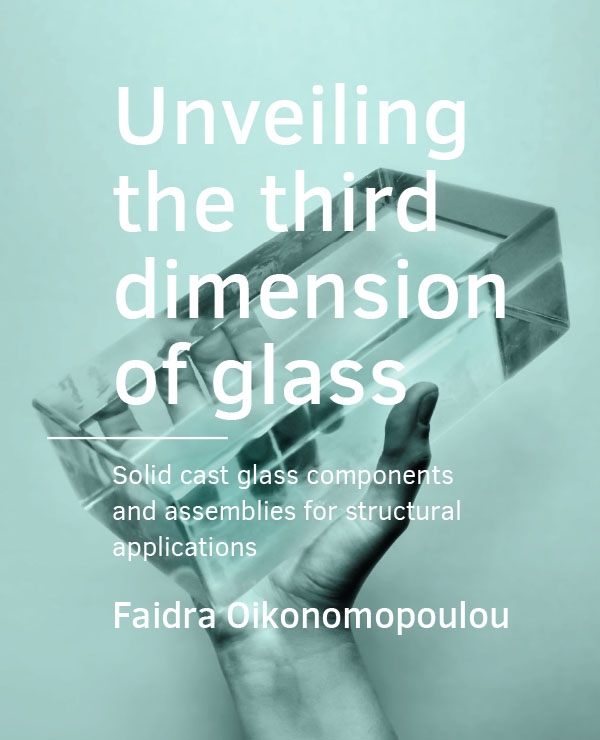Conclusions
DOI:
https://doi.org/10.7480/abe.2019.9.4095Abstract
This dissertation aims to explore the possibilities and constraints of employing cast glass for structural, self-supporting applications in architecture. This chapter summarizes and discusses the main outcomes of the dissertation. Initially, responses to the sub-research questions are given, presenting their particular findings. Based on the latter, a comprehensive answer to the main research question driving the research project is given. Recommendations for further developments in the field are given in Chapter 10.
Downloads
Published
2019-11-15
How to Cite
Oikonomopoulou, F. (2019). Conclusions. A+BE | Architecture and the Built Environment, 9(9), 297–314. https://doi.org/10.7480/abe.2019.9.4095
Issue
Section
Book Chapters





